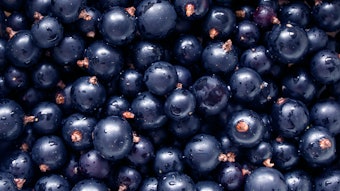
The global craft beer marketa size stood at $89.25 billion in 2019 and is projected to reach $190.66 billion by the end of 2027, exhibiting a CAGR of 10.4% in the forecast period (2020-2027). The number of breweries in North America is tenfold what it was only 20 years ago, and the number of beers, availability and awareness of those beers is greater than ever.
This has widely been celebrated by beer fans and brewers but has also created fierce competition within the industry that has manifested a never-before-seen rate of innovation. Brewers need to get new flavors and new styles to consumers quickly and in easily recognizable ways. Brewers worldwide are crafting beers with a huge range of flavors added from fruits, spices, herbs and even baked goods.
This surge of new product demand provides the opportunity for brewers to improve R&D speed, consistency, efficiency and quality with the use of natural or artificial flavors. Any raw material addition to the brewing process outside of beer’s tradition four ingredients (water, malt, hops and yeast) requires significant consideration in order to assess the risks and rewards of each addition. Let’s examine the pros and cons of using flavor in the production of beer.
References:
awww.fortunebusinessinsights.com/industry-reports/craft-beer-market-100736
For the full article, please check out the Perfumer & Flavorist+ February 2022 issue.










